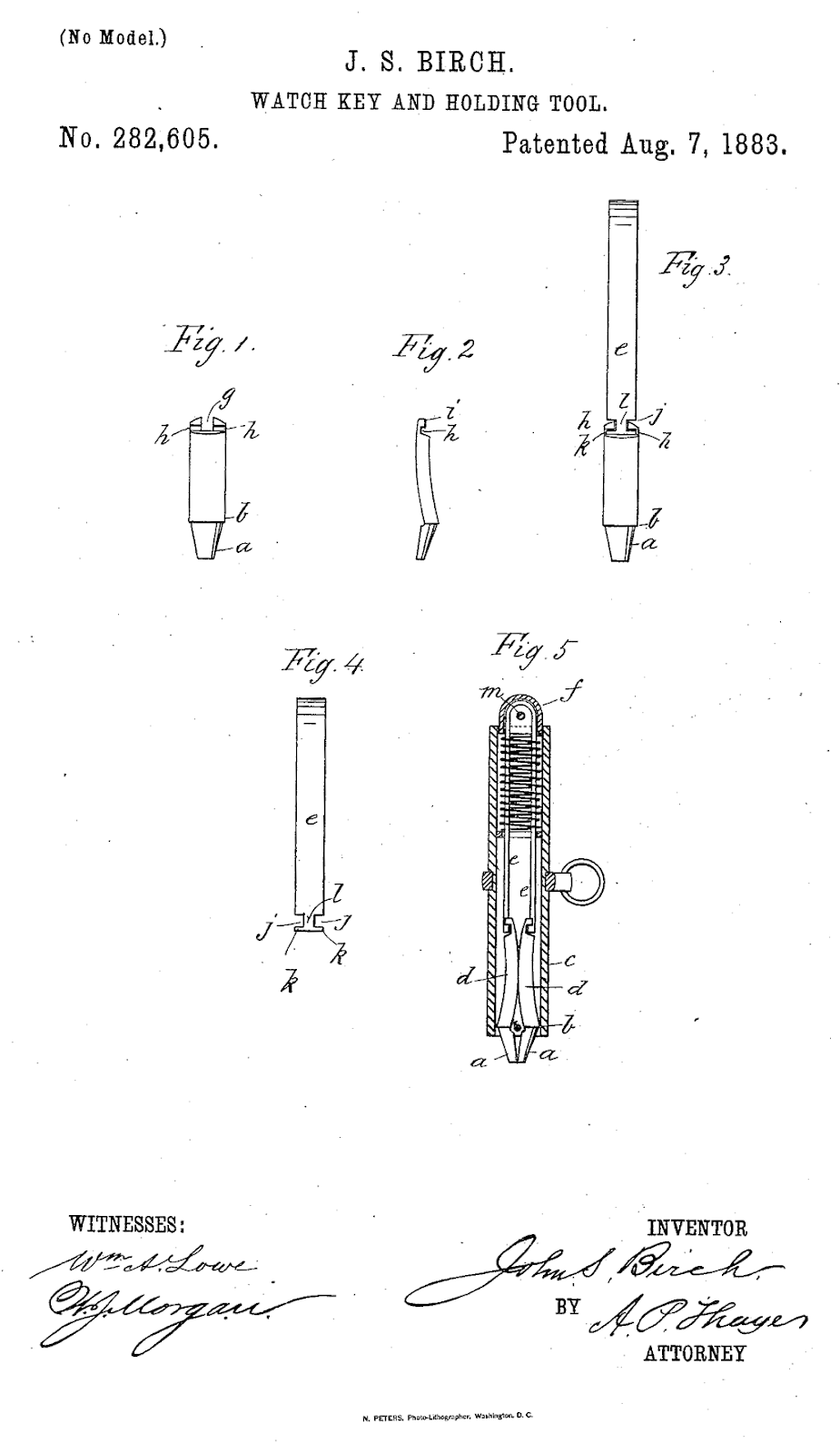#G.E #WALTON #Jeweller #Gold #Silversmith
.
The premises of partners George Edwin Walton senior & George Edwin Walton junior were located at the heart of the Birmingham jewellery quarter. The partnership was dissolved in 1870. Thereafter, the firm was known as G.E. Walton & Co. By the late Victorian era the business was styled as a limited liability company (1886).
In 1887 this firm was described as one of the largest watch key and gold & silver chain makers in the world. At this time it employed as many as 300 highly skilled workers.
The company also manufactured patented goods for other businesses.
For example, Birch’s patent watch keys and also other brands of watch keys.
US PATENT 282605
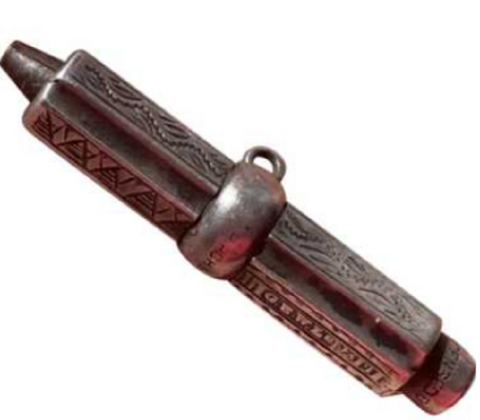
BIRCH’S PATENT ADJUSTABLE POCKET WATCH KEY
The hallmarked sterling silver “Birch’s Patent” Adjustable Pocket Watch Key shown above was crafted by the firm of G. E. Walton.
The key is inscribed “LICENSED TO BIRCH” on the pusher end and also ‘BIRCH’S PATENT’.
Watch keys are used to wind watches.
Here is a list of some of the lines crafted by this maker:
Seamless stems (vases), gold & silver chains, gold lockets, eye-glass chains, clocks, collar studs, pearl jewellery, silver seals, compasses, gold and silver Albertina chains, scent bottles, decanters, salt & pepper pots, card cases, purses, brooches, pendants and tea sets.
The wide range of wares crafted by this manufacturing concern included high quality gold jewellery. For example, gold lockets, some of which were fitted with hair art. The company probably outsourced the hair art creations to specialist hair artists.
The splendid deep bodied 9ct gold locket depicted below gives an example of the superb quality which is typical of this maker.
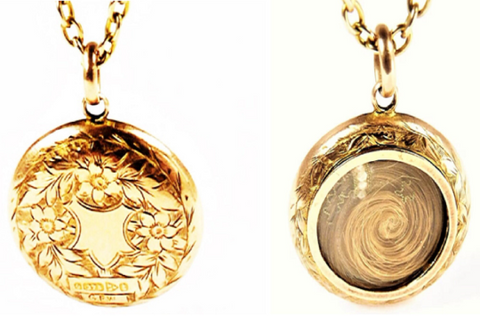
VIEW THIS G.E. WALTON MOURNING LOCKET
This fully hallmarked gold Edwardian mourning locket was assayed* (tested for gold purity*) at Chester Assay Office in 1905.
One side of the locket encases a beautiful lock of blonde hair which has been skillfully crafted into hair art embellished with tiny seed pearls. Pearls used in mourning jewellery symbolise tears for the dearly departed. The original protective glass cover and frame are present.
This locket was especially commissioned to hold a lock of hair.
The locket is of a solid construction and does not open to house portraits.
However, it will hold a replacement lock of hair, if desired.
The other side is embellished with a shield cartouche, which represents the desire to protect. The shield cartouche is framed by charming forget-me-not flowers. Forget-me-not flowers symbolise true love and respect.

HALLMARKS ON THIS LOCKET NECKLACE
The hallmarks are explained below.
Top Left – gold purity marks (9) & (.375) denoting 9 carat gold.
Top Second From Right – three wheatsheaves and a sword in a shield denoting Chester Assay Office.
Extreme right – date letter for 1905 (Chester) an ornate capital E
Bottom – G.E.W – the hallmark of the maker – G. E. Walton.
More antique lockets of exceptional quality.
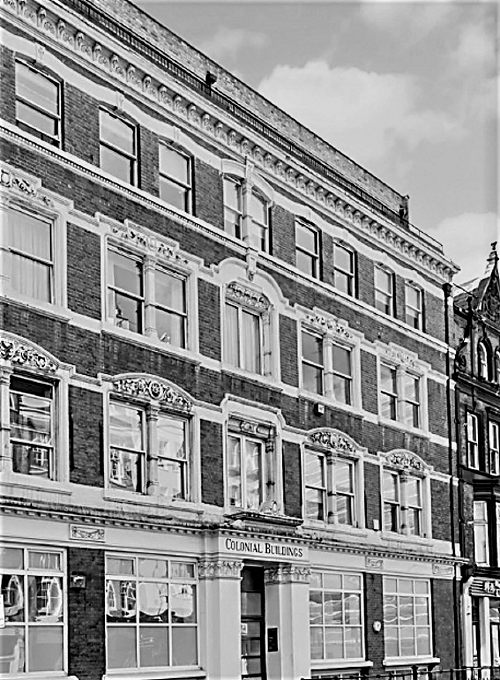
COLONIAL BUILDINGS 59-61 HATTON GARDEN LONDON
At the beginning of the Edwardian era the businesses were listed as manufacturing jewellers with premises located at 59-61 Hatton Garden, London and 52-54 Hylton Street, Birmingham.
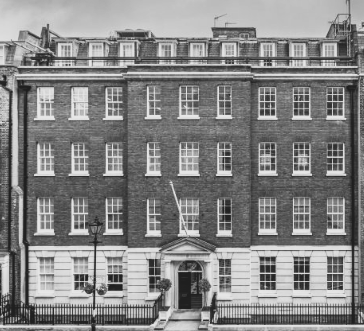
22 ELY PLACE LONDON EC
By 1913 their London showrooms had been relocated to 22 Ely Place, Holborn Circus, EC.
This area is one of London’s most prestigious locations.
Today this building is sited in one of London’s few gated areas.
This business also registered a number of patented designs.
These patents include scarf slides, tea infusers and improvements for brooches.
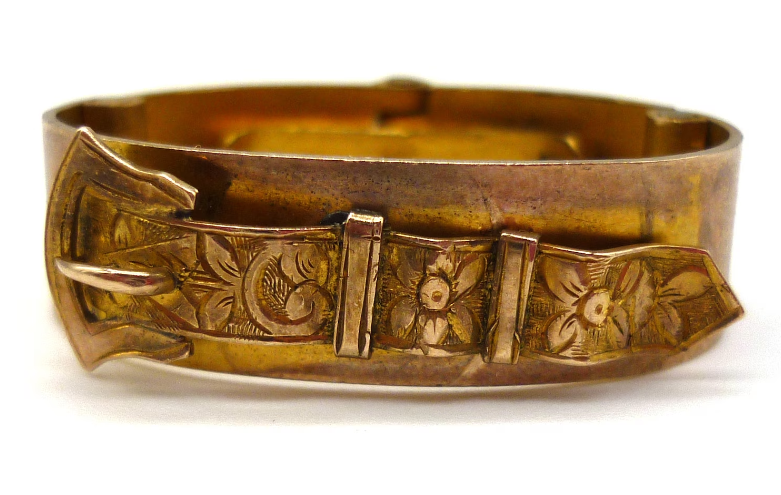
WALTON’S PATENT FLEXIBLE SELF-ACTING SCARF-SLIDE
The firm’s advertising literature promoted this product as follows:
Walton’s Patent Flexible Self-acting Scarf-slide
is a capital article and easy to adjust – a quality scarf rings seldom possess.
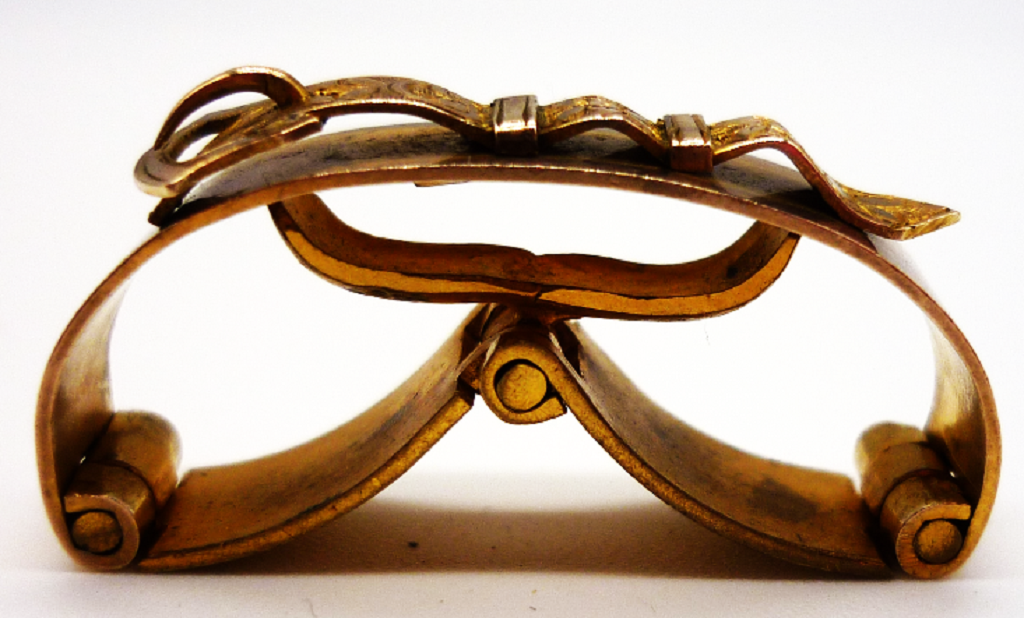
WALTON’S SCARF SLIDE SHOWN ACTIVATED
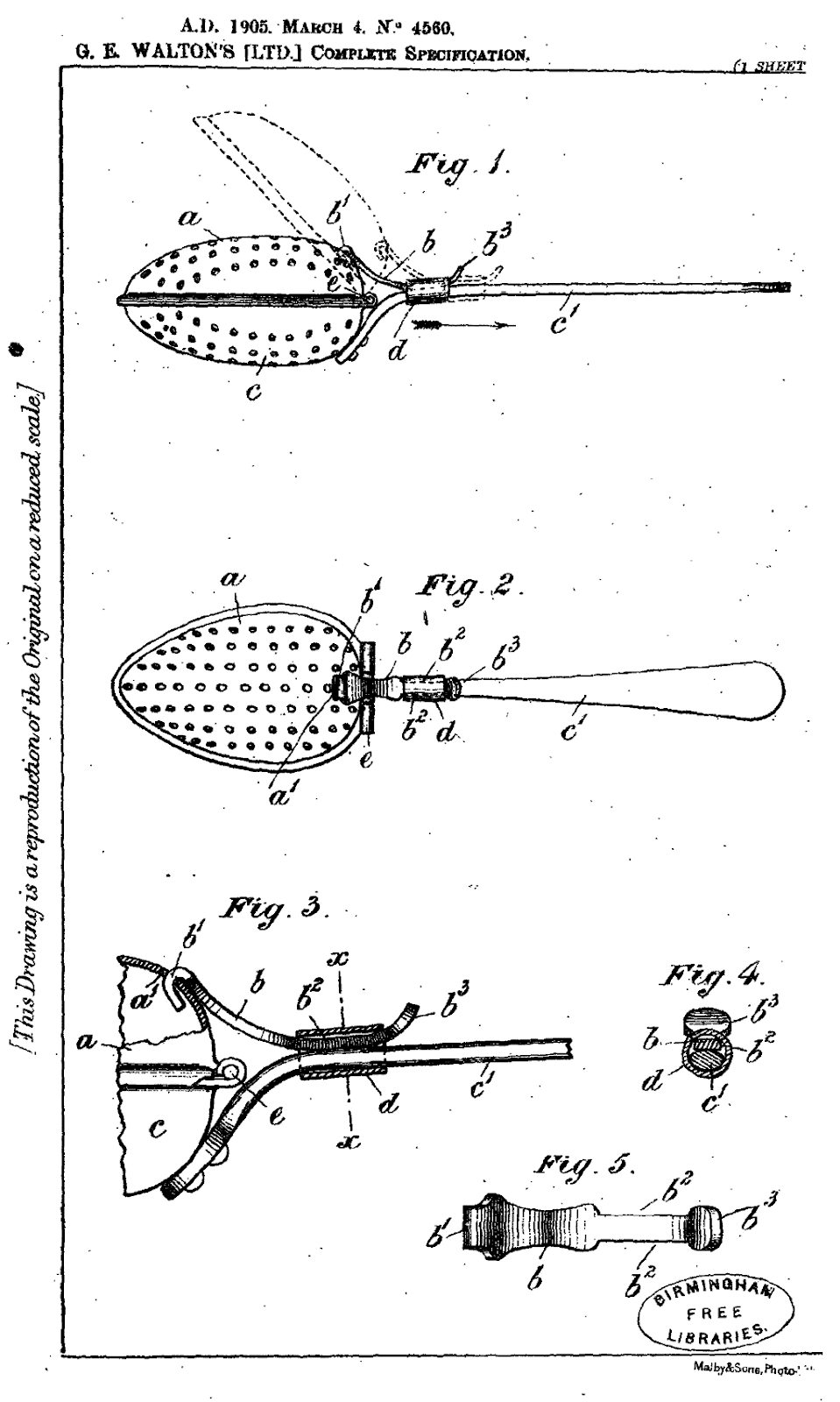
PATENT DRAWINGS FOR A TEA INFUSER
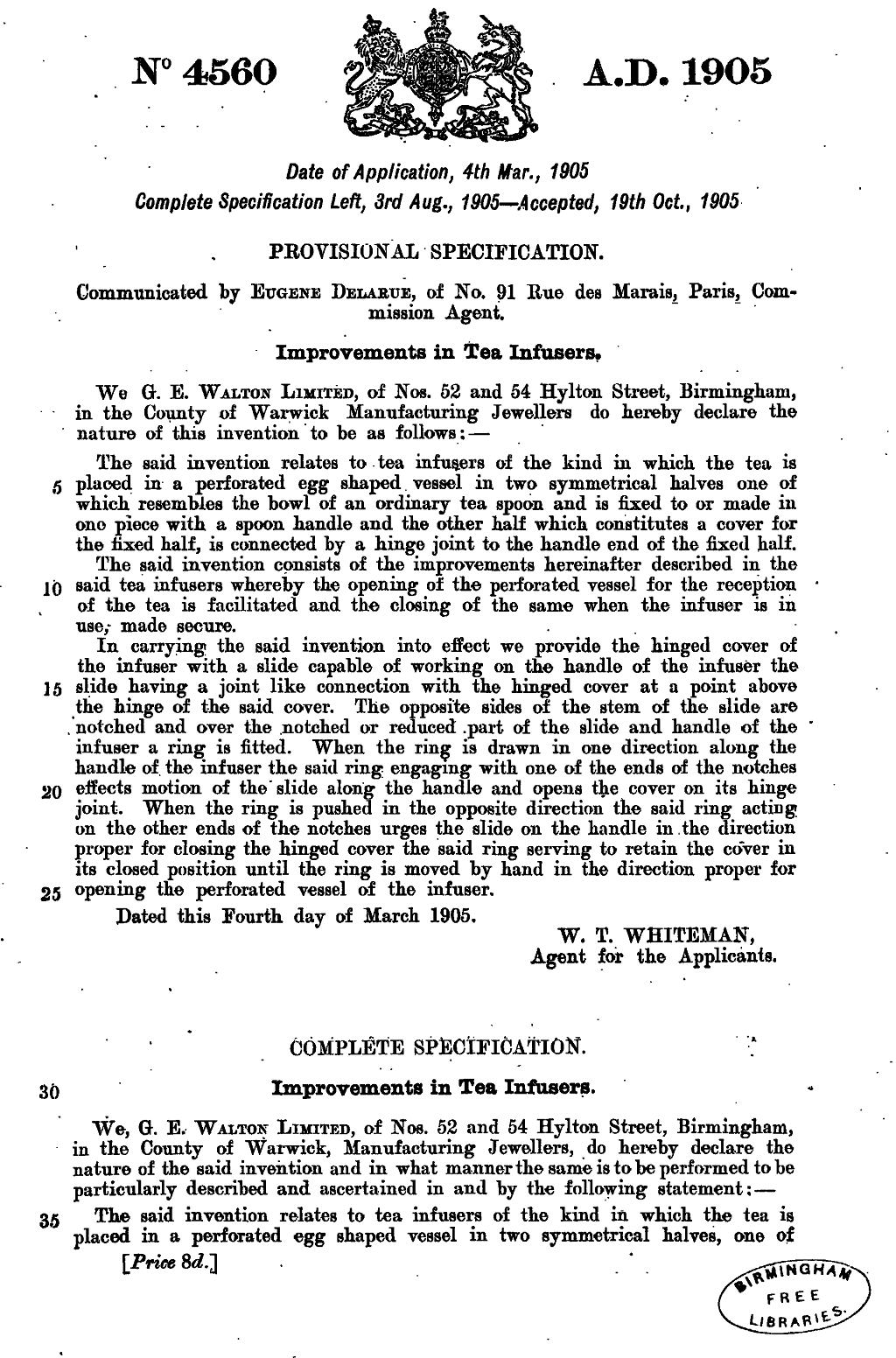
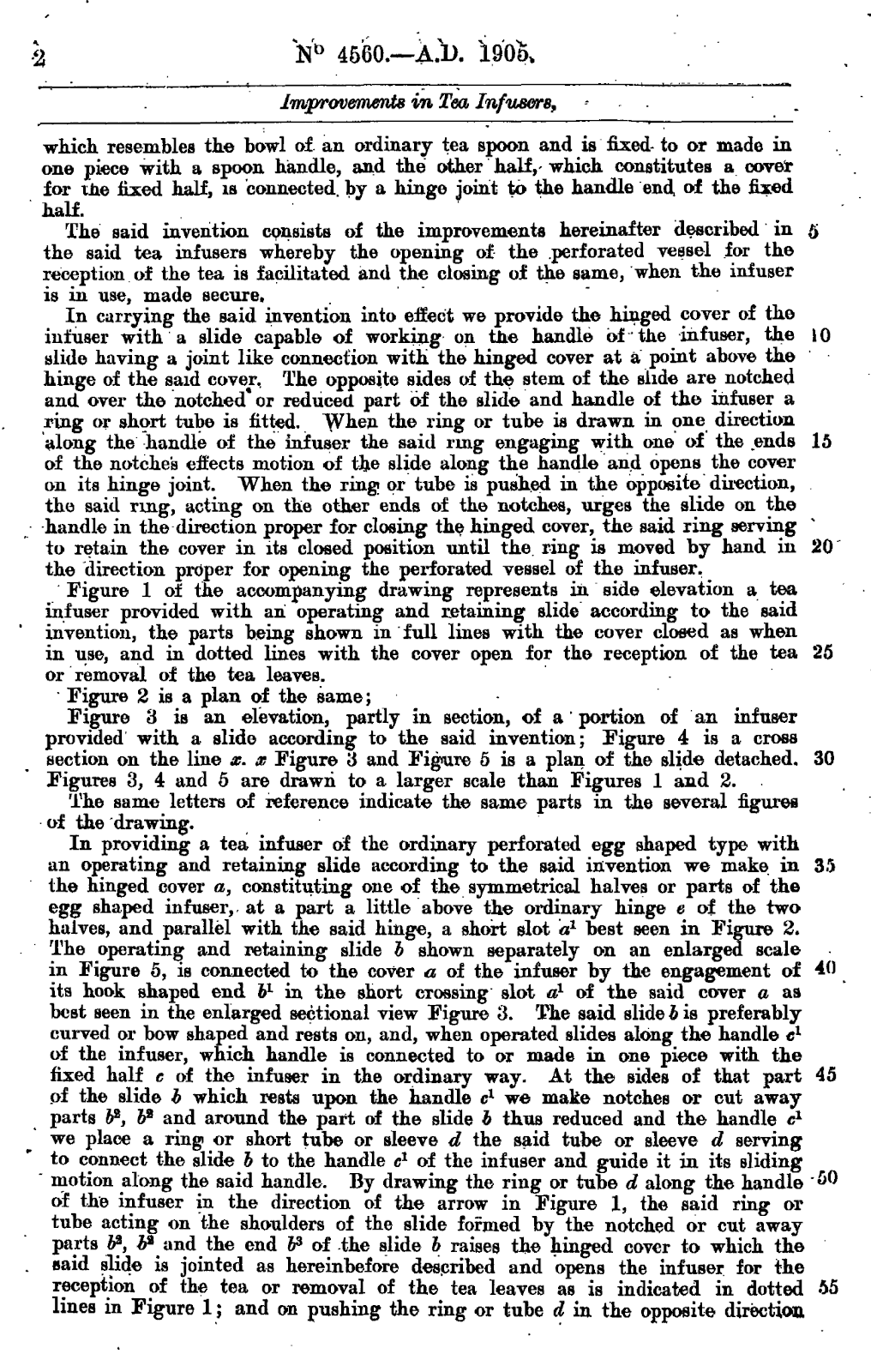
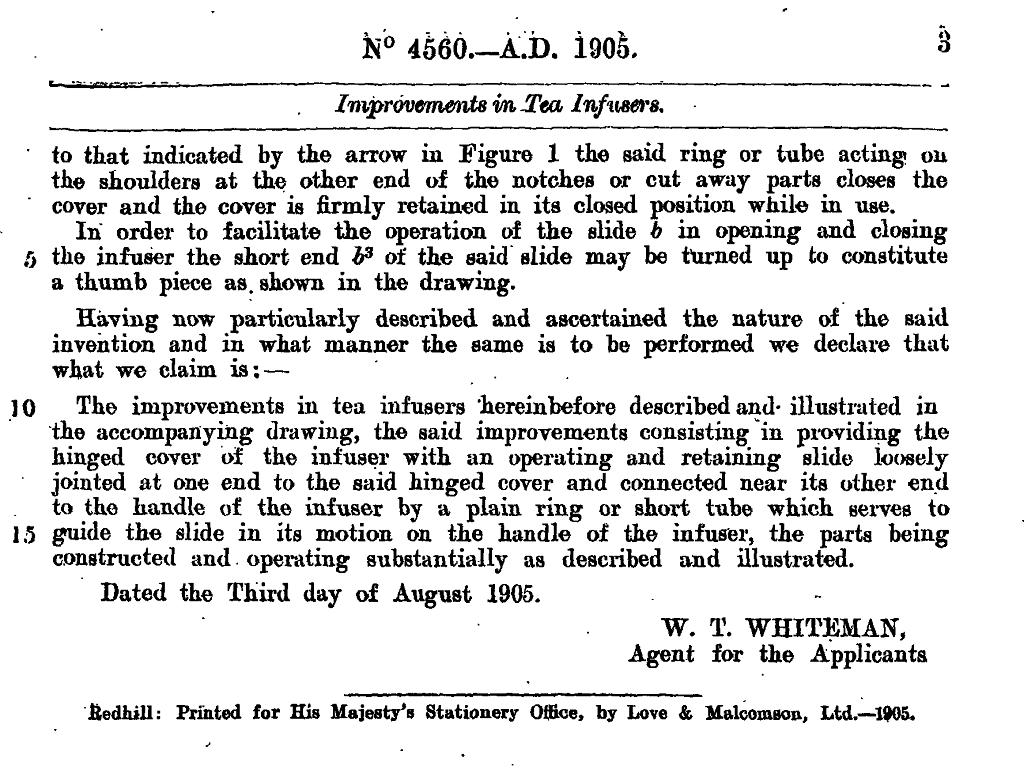
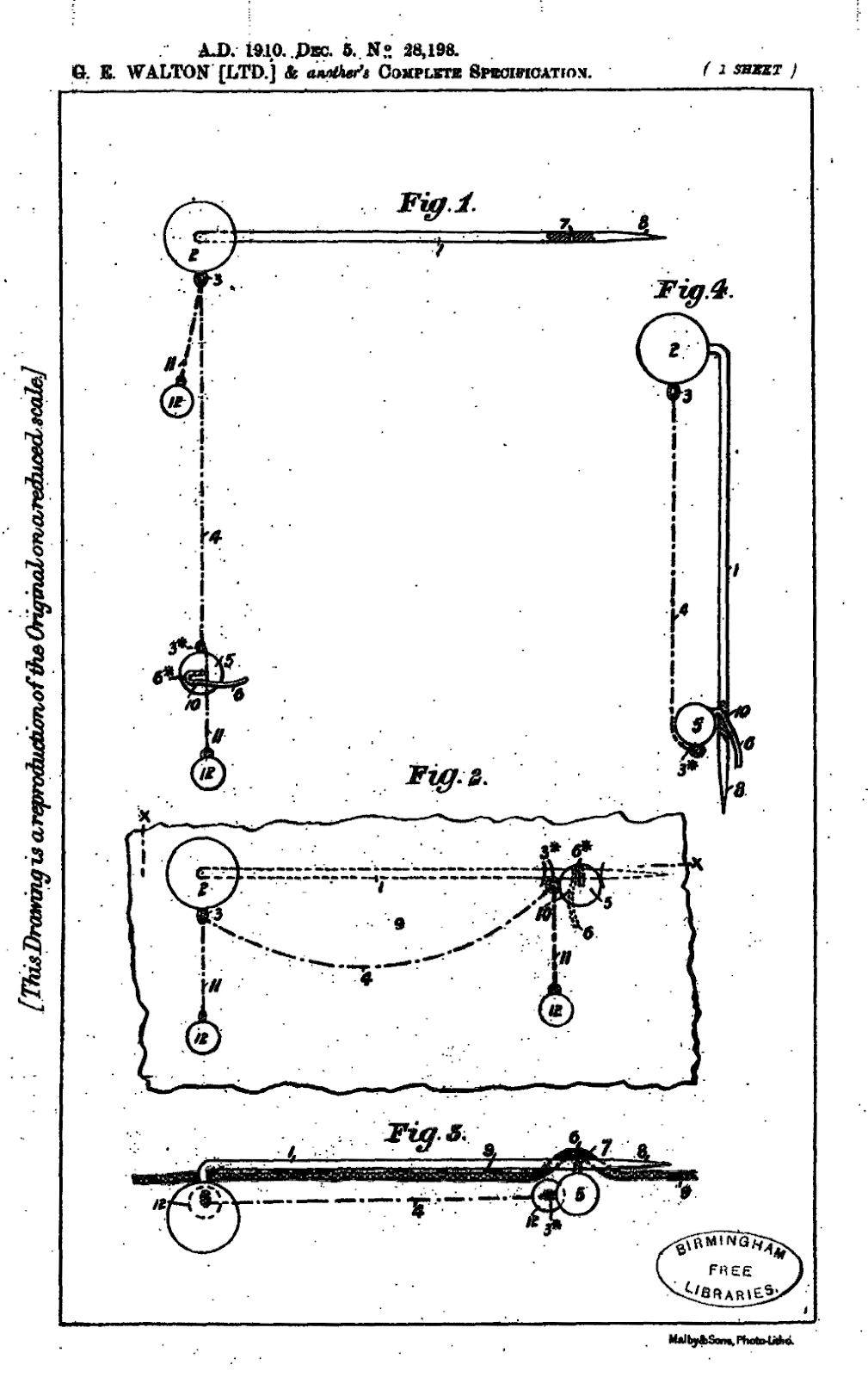
PATENT DRAWINGS FOR IMPROVEMENTS IN BROOCHES & SCARF PINS
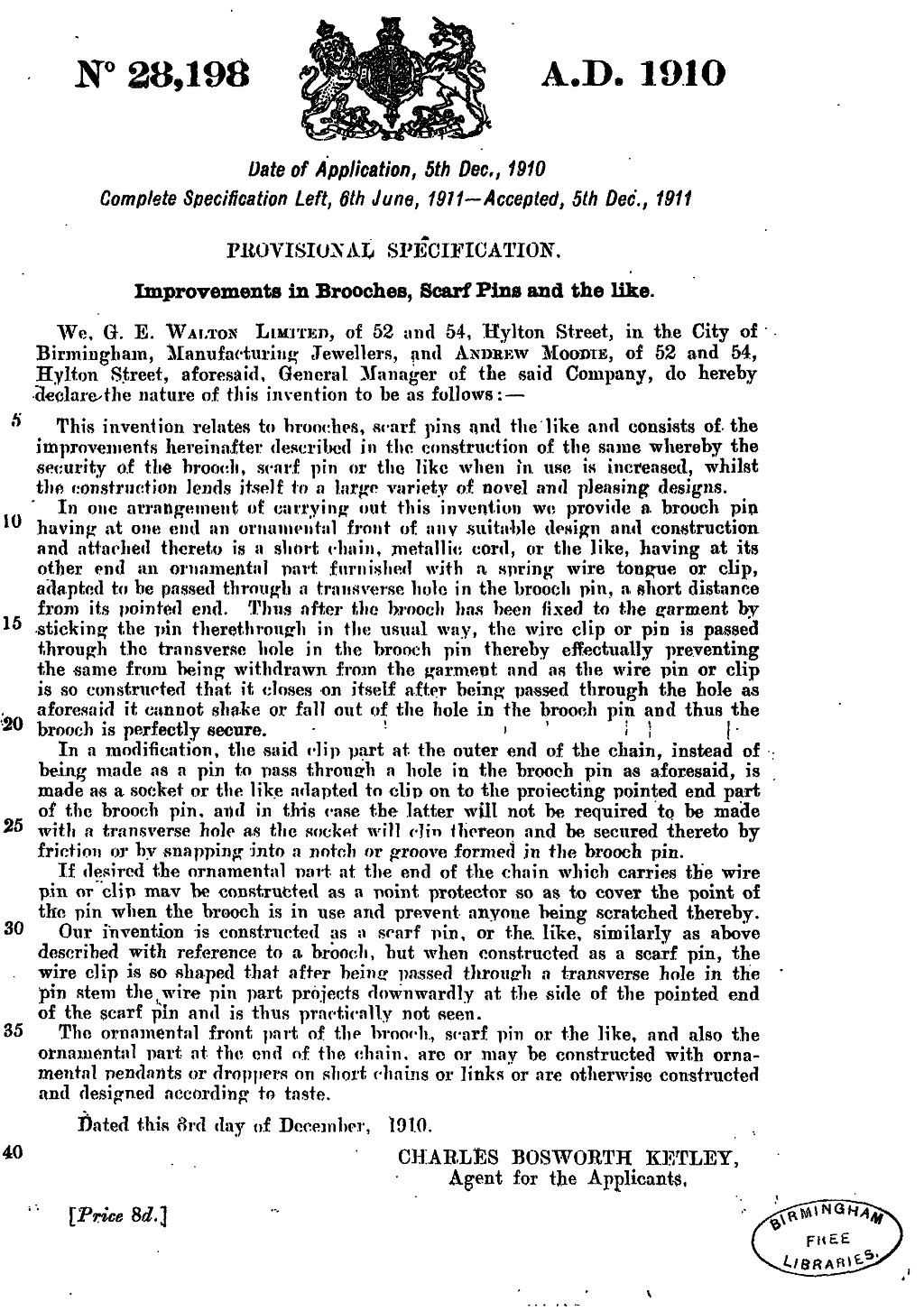
More fully hallmarked antique gold lockets.
Please note that although we spend many hours each week updating or compiling new work for our historical blog section which is free to view, we do not offer an appraisal, identification, valuation or dating service to members of the public.
However, each purchase from our store is shipped with a lavishly illustrated history which dates the item and details the history of the item and that of the maker.
Sources:
Patent Office
US Patent Office
Silvercollection.it

